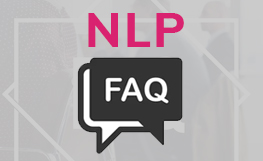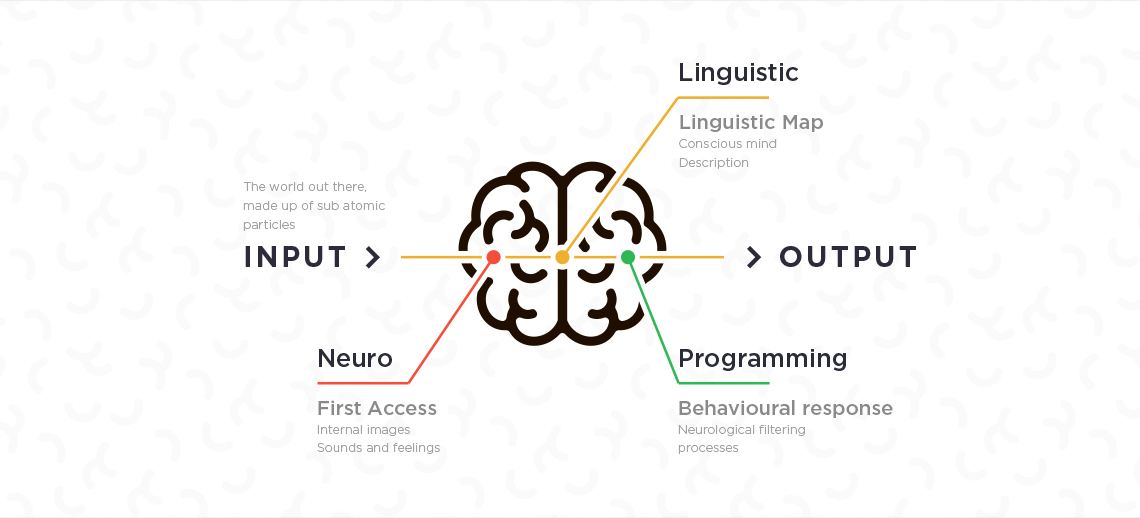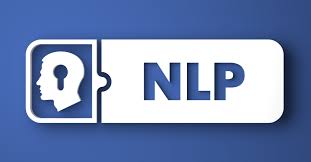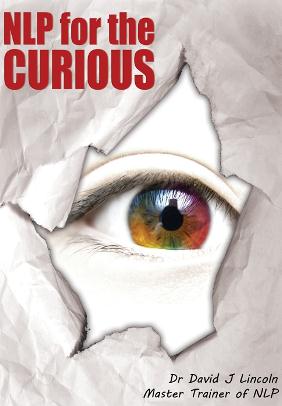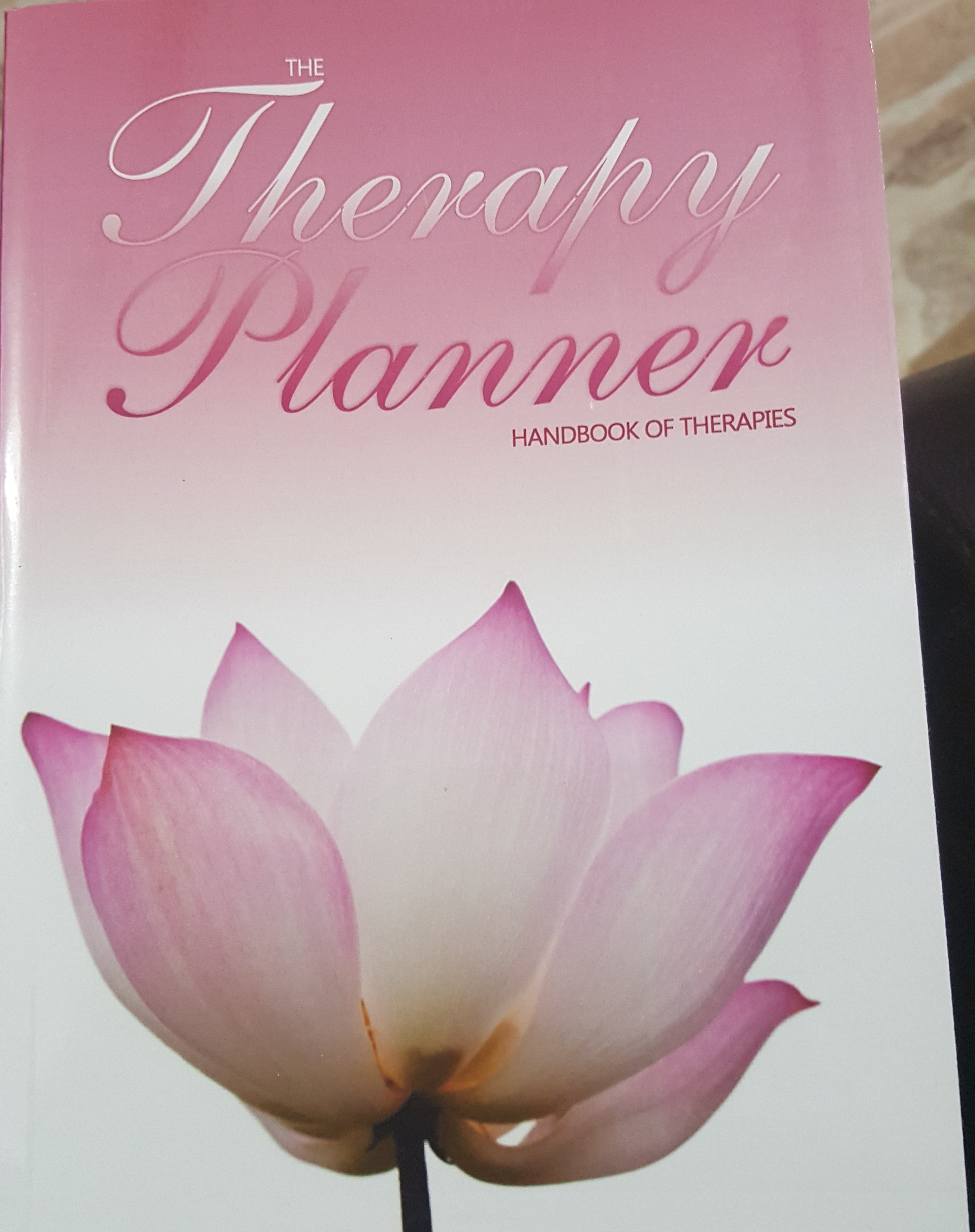HOW TO LEARN A NEW SKILL QUICKLY

According to a study, popularized by Malcolm Gladwell in his internationally acclaimed bestseller ‘Outliers: The Story of Success’, it takes roughly 10,000 hours of dedicated practice for a person to attain mastery in any skill. That means if you were to spend 8 hours a day, 5 days a week consistently practicing one skill, you could potentially become the best at it in a span of 5 years.
The question really is, “ What do I want to achieve?†We all have a list of skills that we wish to have – speaking French, writing articles, giving a presentation effortlessly… . Do we really want to be ‘experts’ in them? Are you thinking, ‘How to learn a new skill quickly?’ In my case, I just want to be able to deliver an effective talk, motivating the audience to take massive positive action in their lives. It’s not like I want to compete in an International Best Speakers’ Symposium.’
John Kauffman, in his book ‘The First 20 Hours’ (also a #1 bestseller), states that a person needs only 20 hours of dedicated practice to reach a comfortable level of competence. So if I focused on how best to speak about achieving personal development with NLP for just 1 hour a day, 5 days a week, I could walk in after just 4 weeks and have transformational impact.
And I can make this even easier for I have another trick up my sleeve:Accelerated Learning strategies using NLP. In this first post about Accelerated Learning, I’m going to focus on what is popularly known as ‘Photo Reading’, first explored by Paul Scheele.
Imagine you have to give an important speech or presentation, and you have in front of you 3 books on the subject and you haven’t even cracked open their spines. How would you like it if you could flip through the books in just a matter of hours, and by the end absorb the content whole? So much so, that as you step up and deliver your talk, you are able to easily and efficiently remember and convey the true crux of the subject.
Did You Know?
The average reader can read around 200 words per minute (wpm) with a typical comprehension of 60%.
Speed readers can read almost 1000 wpm with nearly 85% comprehension.
Photo reading is a step above Speed Reading, where top readers are able to reach speeds of 25,000 wpm and more!
Photo Reading is a whole other level, where you effectively learn to read by taking a mental photograph of each page, as it were, allowing you to zip through the average book in less than 3 minutes! The trick is to by-pass the conscious, analytical mind and allow your unconscious or subconscious mind to take over. The fundamental principle behind photo reading is to absorb the concepts behind the text, and not the verbatim content.
Accelerated Learning strategies using NLP (How to learn a new skill quickly) are the foundational basis of Photo Reading. Learning and utilising this skill involves 4 simple steps, drawing key tools and techniques from NLP.
1) Prepare: When you sit down with your reading material, you need to start with these 2 things first: ‘State’ and ‘Intention’. The key to accelerated learning is working in a state of relaxed attention, and having a strong motivator to learn the concept.
State Elicitation and Anchoring: Whenever you begin any learning activity, trigger an anchor that will instantly put you in a state of relaxed attention, making you more receptive to learn. Stack 3 anchors at the same place – how you felt when things went really well for you, how you felt when you were having fun, and how you felt when you were really curious about something.
Set the intention: Having a strong ‘Why’ behind learning the subject is crucial. What is the objective of learning this subject or concept? What will I achieve at the end of reading this material? Clearly define and describe the end result, such that it pulls you forward without any exertion of will on your behalf.
2) Preview: Spend no more than 5-10 minutes getting familiar with the book. Read the chapter headings, sub-headings, the front and back covers, the index – just to get a feel of the flow. Then write down 5-10 questions that generate curiosity about the book and the subject matter, such as: What is it about, what does the author want to convey, what can I apply from what I learn, what can I teach to others from what I learn… ? These questions will settle in to your unconscious and as you photo-read the book, the answers will automatically be stored in your unconscious. Thumb through the book, and let words and phrases jump out at you.
3) Photo Read: Here comes the interesting part. De-focus your eyes while looking at the material – try looking at the floor and slowly bring the page in front of you, while keeping the same focal length. You can also imagine a big ‘X’ crossing the page. Keep your eyes at the centre of the imaginary X and adjust your focus till you are able to see all four corners at the same time.
Turn the page every few seconds; it’ll get faster with practice. The text will by-pass the conscious mind and get imprinted in your unconscious. Chant in your mind (i.e., the conscious mind): “1… 2… I can remember…3…4…This is easy…â€. Turn the pages in a rhythm, and breath steadily.
Take a quick nap soon after. This allows the brain to process and retain the information, securing the concepts firmly in your unconscious. You can further accelerate learning and retention by making notes and mind maps of the subject matter, after photo reading the entire book.
4) Activate: An hour or so before you need to utilise this knowledge consolidated in your unconscious mind, run your palm from top to bottom of each page with your eyes following your hand. Words, phrases or sentences will pop-out – those are the things that you were probably looking for when you set your intention and wrote your questions. It’ll bring the information from your unconscious mind to your conscious mind.
It will initially take some amount of practice to get familiar with the process. Rest assured that your brain is capable of so much more! It is a highly skilled and efficient organ, and the right words will come to you exactly when you need it. Stay tuned for more exciting accelerated learning strategies using NLP… .







